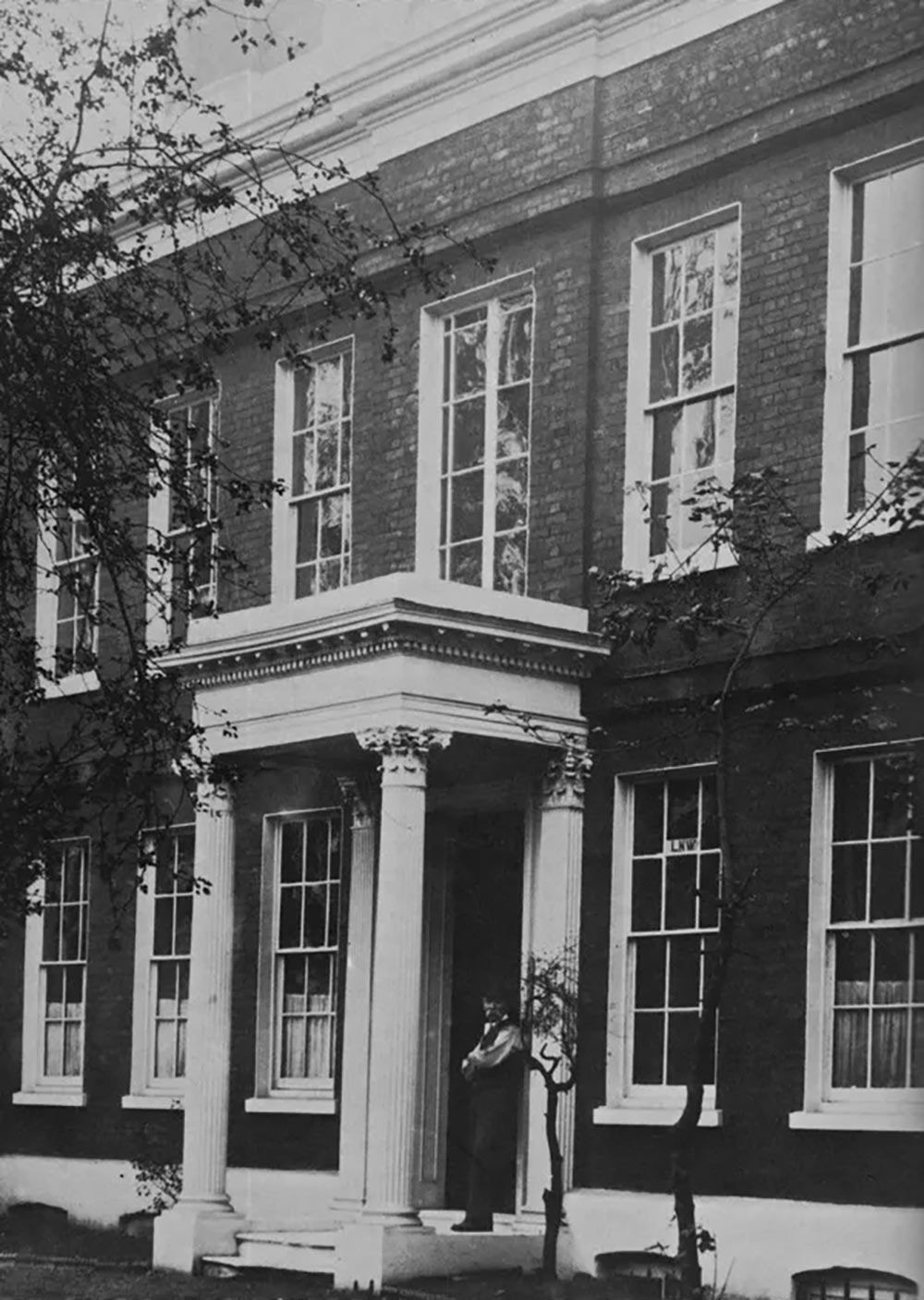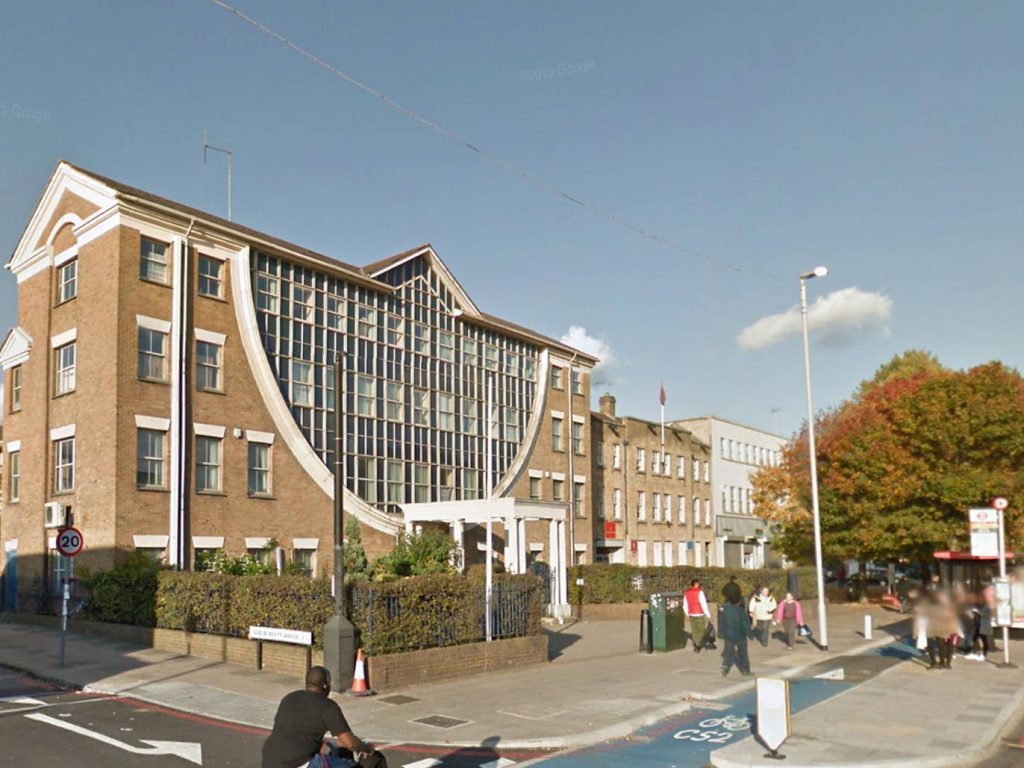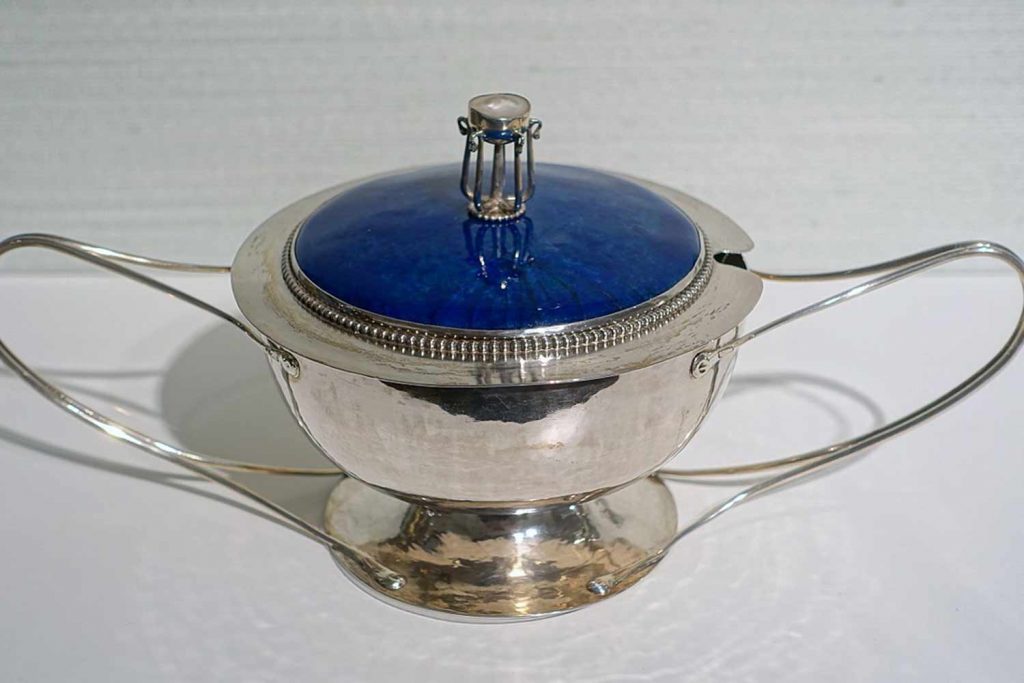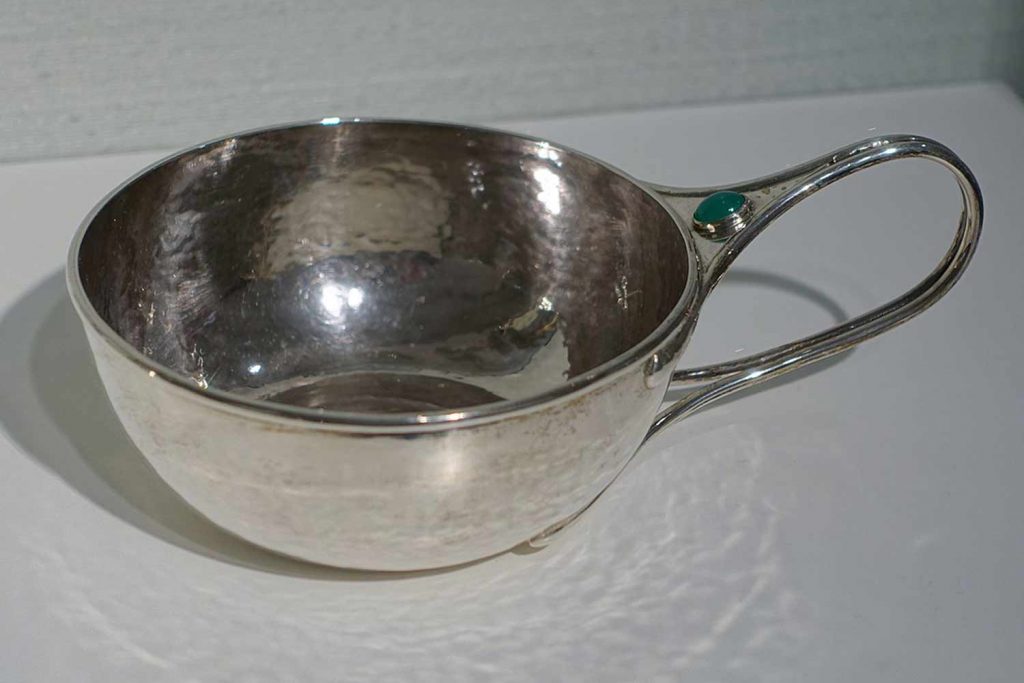Charles R. Ashbee’s Guild of Handicraft: the man who brought arts and crafts to the East End
In the East End’s long history of local creative innovation, there is one figure, Charles Robert Ashbee, whose local legacy exists in a more subtle way, in the form of the Guild and School of Handicrafts, remembered by a singular blue plaque on Mile End.
Ashbee was a Victorian-era architect and designer who dedicated his life to teaching the working-class men of the poverty-stricken East End the art of handicrafts.
Born in 1863 and growing up in the latter half of the 19th century, Ashbee was part of a group of wealthy and influential artists who were invested in ensuring that the art of handmade arts and crafts would not be replaced by factory-made products that were flooding the market.
Ashbee and his contemporaries worried that delicate, handmade handicrafts were at risk of dying out, replaced instead by mass, machine-produced products.
After graduating from Cambridge University, Ashbee, the only son of an upper-class family, left his genteel upbringing to embrace his radical philosophies, taking up residence at Whitechapel’s Toynbee Hall.
At the time, the hall was built to help alleviate the dire poverty in the East End by bringing together rich, university-educated people with those who lived in this area, and was supported with government funding. Graduates would take up residence there and teach local people their skills, and in return the graduates would get to witness and experience what it is like to live in poverty.
Ashbee, who was one such graduate at the time, saw an opportunity to both pass on the traditions of handicrafts, which were at risk of dying out to machines, and train the working classes. So in 1888, he set up the Guild and School of Handicrafts.
C R Ashbee’s Guild and School of Handicrafts

The school taught all manner of crafts including furniture, leather-making, metal work, gold and silver work, among others. Professionals would use the space to work in during the day, much like a modern-day coworking office, and in the evenings, they would teach students.
By 1891 the school had grown so much it needed its own building. In just three years, the number of classes across all disciplines doubled and the number of students increased from 40 to over 100.
Ashbee and his students relocated to Mile End, in Essex House, a grand, Georgian mansion standing on the ground that is now 401 Mile End Road, placing it directly opposite the Mile End underground station. Sadly, it no longer exists, having been demolished in the Blitz.
The Guild was much more than a workhouse and school; Ashbee had envisioned an artistic community where men of all classes would be bound together as craftsmen. The Guild even had its own football team.

There, Ashbee could fully impart his aims of ensuring that the artistry of handicrafts is passed on to younger generations, ‘not as trades, but educationally, to those who care to come and be taught,’ he writes in his Manual to the Guild and School of Handicrafts.
Able to work in multiple mediums, Ashbee’s works range from delicately-made gold and silver bowls and other ornaments to entire buildings that he has designed or maintained thanks to his architectural training. This led him to found the Watch Committee.
C R Ashbee’s Watch Committee: preserving local buildings
Charles Ashbee formed a Watch Committee in 1894 with the purpose of surveying and preserving local buildings, including Mile End Trinity Hospital and Bow Church. In a survey of the church in 1900, he commends the ‘good people of Bow’, for not listening to outside experts to modernise the church, as he believed its 14th-century medieval architecture should be maintained as is.
Sadly, the Guild, which relied on funding from the now-defunct London City Council, had to close once the funding stopped. But Ashbee found a workaround, and made his dream of creating a ‘community’ rather literally. He relocated his organisation, along with its 100-strong students of mostly middle and working-class east London men, to the rural idylls of Chipping Campden in the Cotswolds.
There, the Guild thrived thanks to the patronage of largely affluent locals until it closed in 1907, finally giving way to the handicraft market being saturated by mass-produced products as the era of industrialised modernity set in.
Art and social enterprising have forever been intertwined in the East End. From the East London Group, to the artists at the renowned Chisenhale Place who made their home in the ruins of the Cohen’s Veneers, there is a history of local creatives who either come from this area’s primarily working-class stock, or have made their home here.
As for Ashbee’s legacy, if you stop by the distinctive Onyx House that is opposite Mile End Station, (designed by local architect Piers Gough CBE) you will spot the blue plaque marking where Essex House once stood. And his Watch Committee survives today in the form of the Survey of London.


If you like this article, you might also like to read about Jon George, an artist and founding member of Chisenhale Arts Place.


